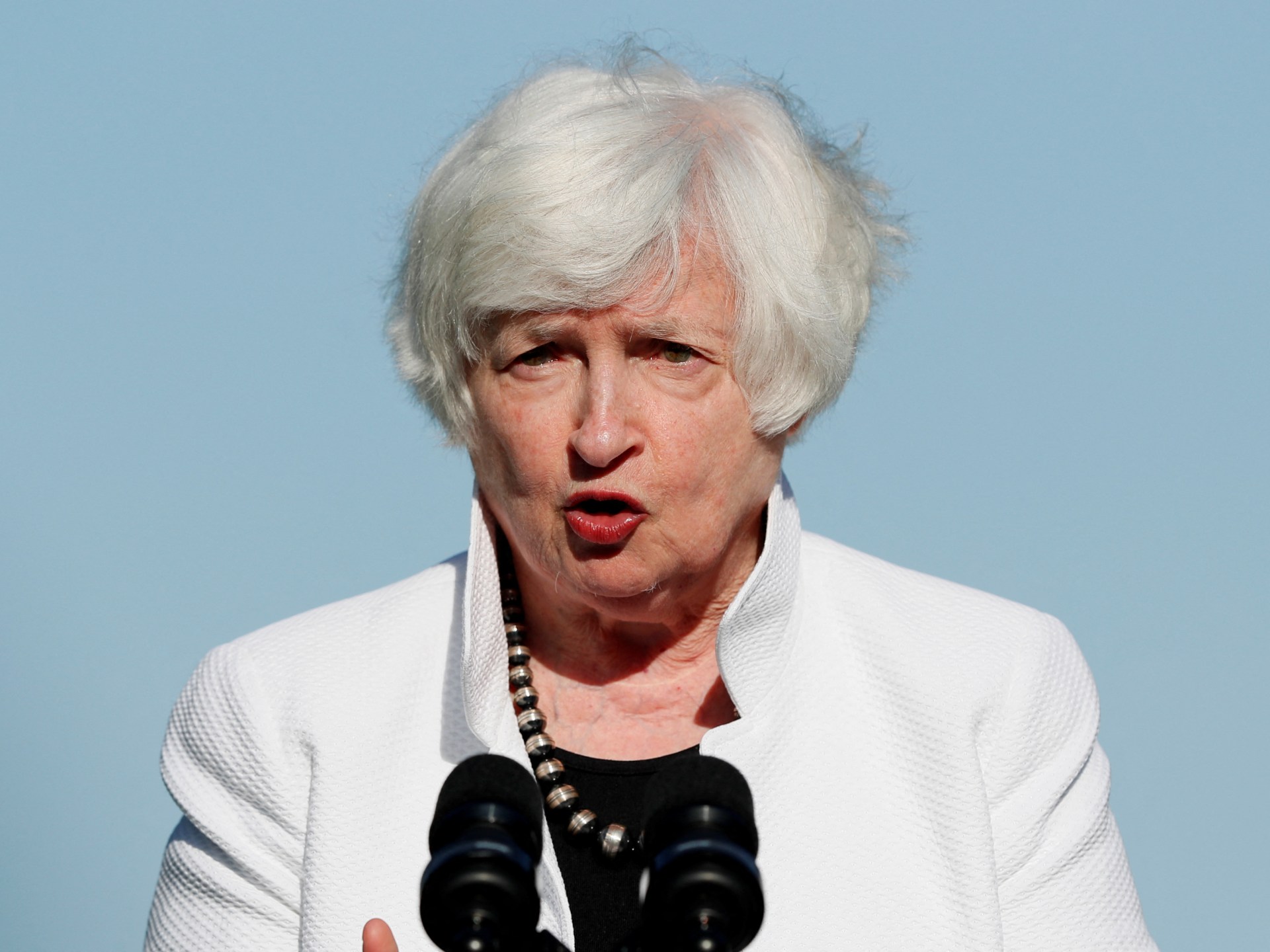No, there is no ceasefire in Gaza
When on October 10, a “ceasefire” was declared in Gaza, many Palestinians breathed a sigh of relief. They had just endured two years of constant bombardment estimated to equal roughly six times the explosive force of the atomic bomb dropped on Hiroshima in 1945, concentrated on an area less than half the size of the Japanese city..
The devastation was all encompassing. All hospitals and universities had been bombed, most homes and schools destroyed and vital infrastructure, such as the sewage system and electricity lines, had been damaged beyond repair. An estimated 50 million tonnes of rubble was strewn across the strip and under it lay at least 10,000 bodies of Palestinians killed in bombardments who were yet to be recovered.
And yet, the respite the people of Gaza expected to finally come never materialised. Almost immediately after the “ceasefire” announcement, the Israeli regime started bombing the strip again. It hasn’t stopped since then.
According to Gaza’s Government Media Office, Israel has violated the “ceasefire” nearly 500 times in 44 days, killing 342 civilians. The deadliest day was on October 29 when the Israeli Occupation Forces (IOF) killed 109 Palestinians, including 52 children. More recently, on Thursday, 32 Palestinians were killed, including an entire family in the Zeitoun neighbourhood of Gaza City when a bomb was dropped on a building they were sheltering in.
But it is not just the bombardment that hasn’t stopped. The starvation hasn’t either.
As per the “ceasefire” agreement, 600 trucks of aid were supposed to be allowed in every day, which Israel has not fulfilled. As Al Jazeera’s correspondent Hind al-Khoudary has reported from Gaza, the IOF is permitting only 150 trucks a day to cross into the strip. They are also preventing the entry of nutritious foods, including meat, dairy and vegetables, as well as much-needed medicine, tents and other materials for shelter.
A coalition of Palestinian relief agencies estimated that the aid that enters now doesn’t even cover a quarter of the basic needs of the population.
The United Nations agency for Palestinian refugees (UNRWA), which says it has enough food in its warehouses to feed everyone in Gaza for months, is still not allowed to bring in any of it. This is in direct contravention of an October advisory opinion by the International Court of Justice (ICJ) that the Israeli regime has a duty to not impede the supply of aid by UN agencies, including UNRWA.
The court also rejected Israeli accusations that the agency lacks neutrality and asserted that it is an indispensable actor in the humanitarian landscape. Nonetheless, the Israeli regime has rejected the advisory opinion and continues to limit UNRWA activities by preventing aid distribution and denying visas to its international staff.
The Israeli regime is also not abiding by the provisional measures that were laid out in an ICJ ruling in January 2024 that found that plausible acts of genocide were being committed in Gaza. These measures included preventing acts of genocide, preventing and punishing incitement to genocide and allowing humanitarian assistance into Gaza. Since then, the court has reaffirmed its provisional measures several times. The Israeli regime continues to ignore them.
And that is because on the international level, it continues to enjoy unprecedented diplomatic, financial and military cover. The latest iteration of that came on November 17 when the UN Security Council passed Resolution 2803, endorsing United States President Donald Trump’s 20-point plan for Gaza.
Among its provisions is the creation of two bodies that would take control of Gaza: the board of peace, chaired by Trump himself, and the international stabilisation force, tasked with maintaining security and enforcing the disarmament of Palestinian groups. The governing structure of both bodies remains unclear, but they would operate in coordination with the Israeli regime, effectively installing another layer of foreign control over the Palestinian people.
The resolution also allows for the bypassing of existing local and international structures in the distribution of aid. It makes no mention of the genocide and does not propose any mechanism for accountability for war crimes. Essentially, the resolution contravenes international law and gives the US – a co-perpetrator of genocide – control over Gaza.
All of this makes clear the fact that the “ceasefire” is not a ceasefire at all. The Israeli regime continues to attack Gaza, to starve the Palestinian population and to deny it access to proper shelter and healthcare.
Calling this arrangement a ceasefire allows third states to claim progress on conflict resolution and even peace when the core genocidal reality of the Palestinians on the ground remains largely unchanged. The “ceasefire” is a diplomatic sham – a cover for the continuing extermination, displacement and erasure of the Palestinian people in Gaza and a distraction for the international public and the media.
The views expressed in this article are the author’s own and do not necessarily reflect Al Jazeera’s editorial policy.




